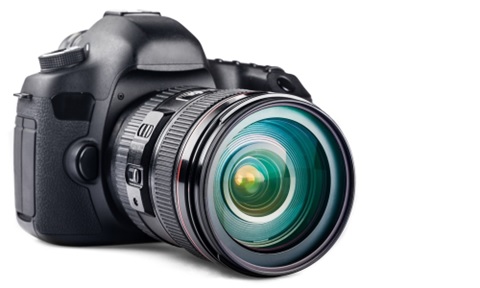In a previous discussion, we learned what ISO is and how it can affect our images. In this discussion, we’ll take a deeper look at the workings of ISO and how to use it to shoot great-quality pictures in low light.
As we have learned in the previous discussion, ISO is a parameter of the exposure triangle. However, it does not contribute directly to the amount of light that the sensor collects. It merely amplifies the signal and therefore deals with the light that the sensor has already collected.
Understanding how ISO works and when it starts to contribute to noise is an essential aspect of shooting good images in low-light conditions.
The problem of noise
In the previous discussion, I briefly introduced you to digital noise. Noise is the equivalent of film grain. Back in the days of film photography, when you used high-speed film, image grain was invariably captured. The high-speed film refers to how sensitive the chemicals on the film are to light. The more reactive they’re to light, the faster that film is. Meaning it requires less time to capture an exposure. Without a fast film, you would have to keep the shutter open for a longer time and use a wide aperture to capture enough light to ensure the same exposure.
You risk getting blurred images with a longer shutter speed because the subject moves during the exposure. With a wide-open aperture, you get a photograph with a shallow field depth.
Noise does something else to your photographs, reducing the dynamic range of your photos along with loss in contrast. Dynamic range denotes the number of stops between pure black and pure white in the image.
Signal-to-noise ratio
Sometimes the problem of noise is expressed using the signal-to-noise ratio. Signal to noise ratio denotes the amount of noise in relation to the strength of the signal. If the Signal to Noise ratio is high, there is a sufficient amount of good signal over the amount of noise. That suggests that a decent exposure is captured. If the signal-to-noise ratio is low, noise dominates over the signal. The signal-to-noise ratio will automatically be higher if the scene has sufficient ambient light to work.
Professional photographers who shoot product and fashion photography, among other genres, prefer the signal-to-noise ratio to determine if the image will have a lot of noise.
Selecting the right ISO to work with
Selecting the right ISO to work in a particular lighting scenario will depend on lighting conditions and the demands of the shoot. It’s difficult to generalize things or give you an ISO number that’s likely to work. You need to have the experience to choose an ISO number for the right situation. I’ll give you a ballpark figure which you can take and further tweak for the best results.
If you’re shooting during the day and in outdoor conditions, you should choose the lowest ISO that your camera supports. ISO 100 is the way to go.
If you’re shooting on a cloudy day outside, an ISO of 400-500 is what you should be dialing in. the same way, if you switch to an indoor location and you have a decent-sized window that gets abundant light, you could shoot at a range of ISO 600.
On the other hand, if you’re shooting in a room that does not get a lot of light in, you should switch to ISO 1000 or higher.
Finally, if it is night and there isn’t enough lighting in a room or when you’re shooting outdoors at night in street lights, use an ISO of 1600 or higher.
Photographers! Sell your images on https://www.planetstockphoto.com.

